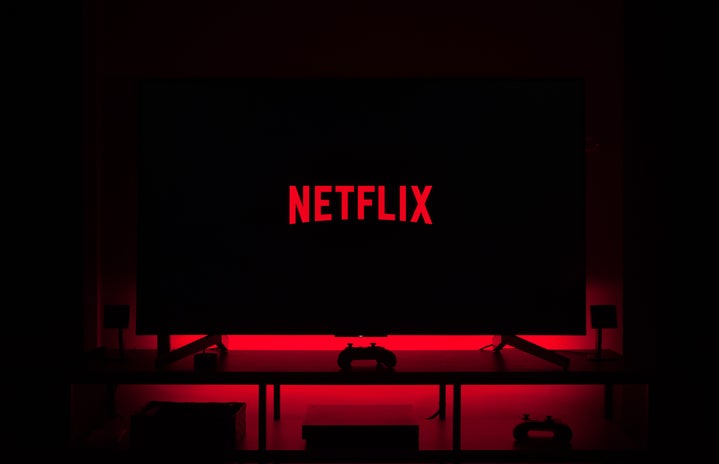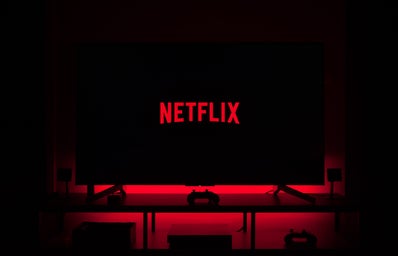When I was little, my Sunday mornings consisted of breakfast and watching Formula 1 with my dad. It was a sort of routine. I never really paid much attention to what was happening on the screen–I just enjoyed spending time with my dad. All I ever really knew about F1 was that there was a Spanish driver called Fernando Alonso, who was very good and made our country proud. This documentary changed everything.
Formula 1: Drive to Survive is a new Netflix series that goes behind the scenes of what goes on in the world of racing. It talks about the struggles and wins teams and drivers go through to be the very best in the world. There are 3 seasons which document the previous season – 2018, 2019, and 2020 – and give a rundown of the Grand Prix’s of that year. While it does talk a bit about the races themselves, this documentary is mostly focused on what happens outside the track, before, during, and after the races.This way, viewers can get a real sense of what Formula 1 is about.
The documentary shows a lot of key events that happened throughout the season, such as when drivers switch teams, car crashes, car malfunctions and repairs, budget cuts, and so on. I was fascinated at how much rivalry there is within the sport, but most specifically, within the drivers of the same team. In multiple interviews, drivers mention “your teammate is your biggest competitor”. You can clearly see the tension between some in several episodes. In season 1 we saw first hand the rivalry between RedBull’s two drivers, Daniel Riccardo and Max Verstappen and what leads to Riccardo leaving and signing with Renault for the 2019 season. We also see this in season 2 with Ferrari’s team drivers, Sebastian Vettle and Charles Leclerc. Vettel feels the pressure from his own teammate to perform better. He believes he has seniority in the team and should be Ferrari’s #1 driver. However, throughout the episode, we see that Leclerc wins in the Italian Grand Prix, giving Ferrari their first title in their home country for the first time in 10 years, while Vettle experiences a couple of technical difficulties with the car. By the end of the episode, Vettle makes it known that he clearly underestimated his teammate. Lastly, another big example is Mercedes in season 3. Everyone knows Lewis Hamilton is the best there is. Valtteri Botas on the other hand is constantly trying to prove himself. He is also often asked to “let Hamilton through”, which is a strategy teams use when they believe one of their drivers is going to secure them the win. This results in a very bad team dynamic between the drivers and a lot of questions about their future.
What I loved the most about the documentary was the rivalry between teams, especially the huge rivalry between Mercedes and Red Bull. You see it throughout the seasons, but most of all in the third one, when Mercedes develops the system DAS, which changes the alignment of the tires, giving the driver a better grasp of the curve and overall, an advantage while driving. But my favorite rivalry of the documentary was shown in the second episode of the first season, when they talked about the big battle between the two Spanish drivers, Fernando Alonso and Carlos Sainz. I am very much biased in this case, but it was interesting to see how the legend I grew up watching and the newbie felt about each other. To be honest, the best part of this whole documentary was the catty comments that managers and drivers made about one another.
I also would’ve never guessed how big of a role strategy plays in racing, since when I was little, it just looked like they’re just looping around the track a bunch of times. But as with many other sports, strategy is everything, and so are budgets. Everyone knows about the big teams like Ferrari and Mercedes, but what I liked about the show is it also showed the struggle smaller teams have to compete against these giants. Haas and Williams are two big examples. Throughout the season, you can feel the desperation of these teams while trying to get to the top with limited resources and drivers that are, well, not as good. Williams’ backstory is very heart-felt and to be honest, I can’t help but feel bad for them. On the other hand, Guenther Steiner, the team principal of Haas, is the man. I believe he absolutely stole the show and the series would not be the same without him. But like Williams, they struggle a lot, especially with sponsors and money. Being shown this aspect of racing gives the documentary a sentimental touch that I very much loved.
I have seen a lot of reviews online saying Formula 1 is not a good series and what I would say to that is that if you are not into Formula 1 or if you are a diehard fan of the sport, this documentary isn’t for you. I’ve seen multiple comments from actual fans that watch the races religiously mention how boring it was since they already had seen the races themselves and knew the outcome of them. The way this documentary is designed, it’s intended to reach a new audience and explain the sport to amateurs or those trying to gain more knowledge about the sport. I personally really enjoyed it and thought it was interesting to watch. Quite honestly, I can’t wait for another season to be released!


